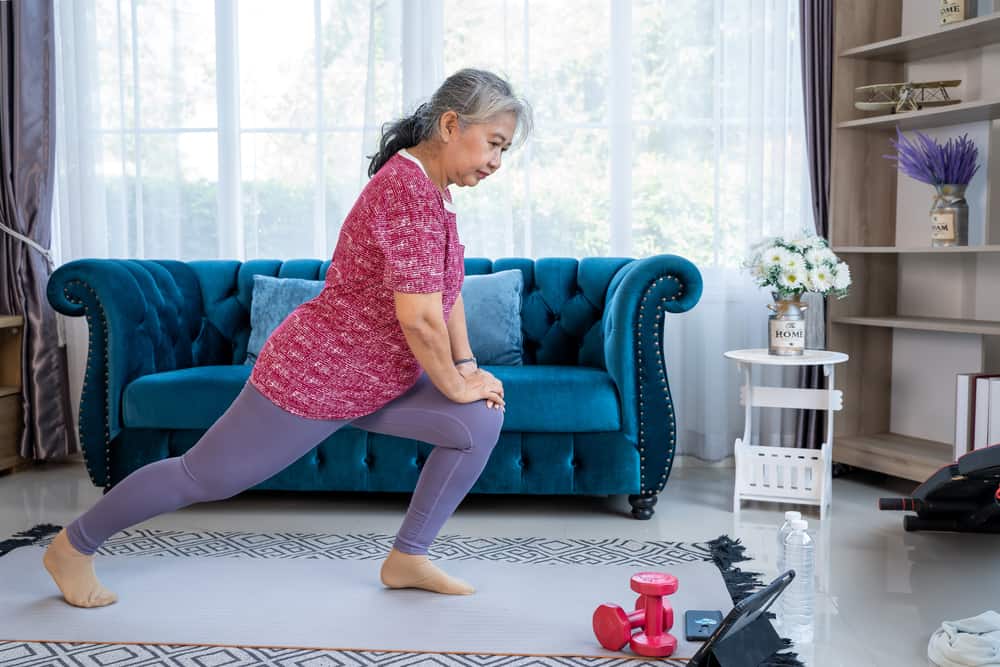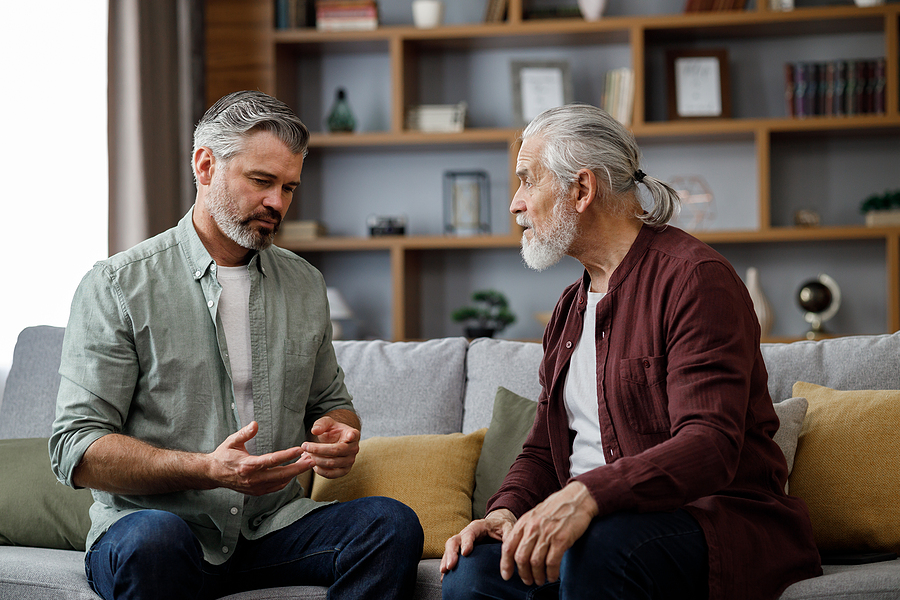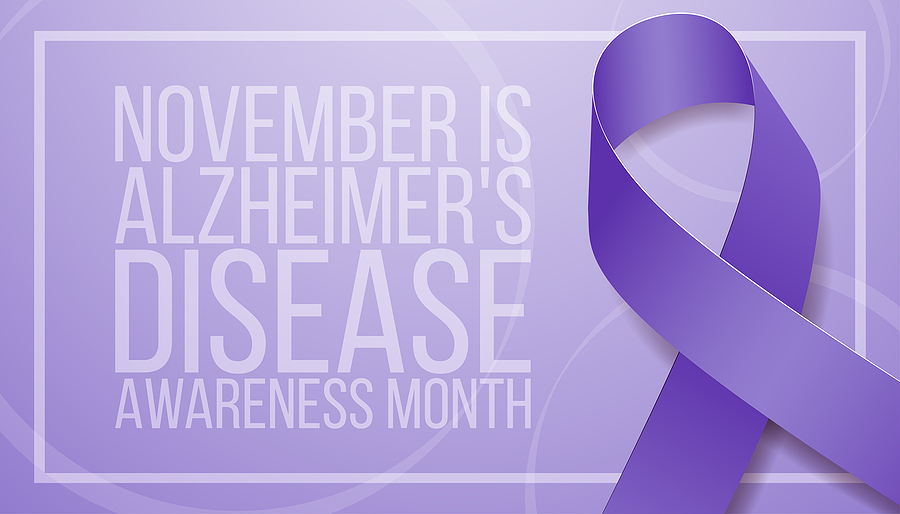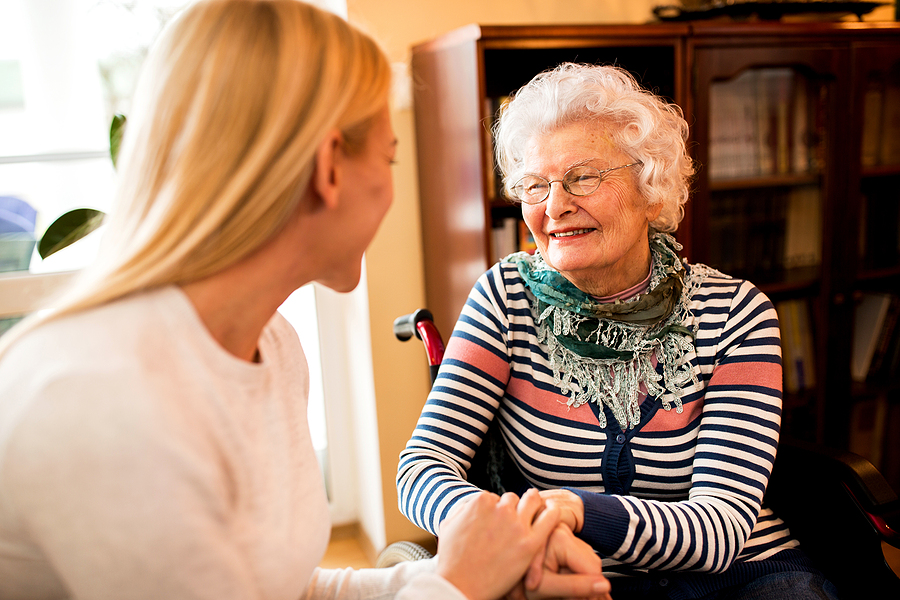Although about 20% of women and 5% of men ages 50 and older have some degree of osteoporosis, you may not realize you’re one of them until you break a bone. Recovery from a fracture can be slow and painful, but you can fight the potential effects of osteoporosis by understanding the risks and taking steps to protect your bone health, like doing exercises for osteoporosis.
Signs and Screening
Because there are often no symptoms at all, especially in the early stages, osteoporosis can sneak up on you. For some people, osteoporosis causes pain or may affect the spine, resulting in hunched posture and reduced height. Both are reasons to talk to your doctor about your bone health, but the signs of osteoporosis aren’t always so obvious.
Risk Factors
If you’re at elevated risk for developing osteoporosis or over 65 years old, screening can help shed light on your bone health. You may not be able to control most of the risk factors, but being aware can help inform conversations with your doctor. Your risk grows as you age, but you may also be at added risk if you are:
- A woman
- Of white or Asian descent
- Closely related to someone (like a parent or sibling) with osteoporosis
- Smaller framed, which means you have less bone mass
- Experiencing problems with your hormone levels, thyroid, or other glands
- Taking steroids or other medications that interfere with bone rebuilding
- Generally sedentary and participate in minimal physical activity
Other risk factors include a low-calcium diet, eating disorders, gastrointestinal surgery, and certain medical conditions.
Strengthen Your Bones
There’s no need to wait for an osteoporosis diagnosis to work at strengthening your bones. You can protect your bone health by:
- Avoiding medications that may weaken your bones
- Eating a healthy diet with plenty of calcium and vitamin D
- Avoiding smoking
- Limiting your alcohol consumption
Certain exercises for seniors can also play an important role in protecting your bones. Some exercises for osteoporosis strengthen your muscles and balance, which reduces your risk of falls and fractures. Other exercises for osteoporosis strengthen the bones themselves by promoting bone density.
- Tai Chi
An exercise that researchers believe is particularly beneficial for bone health is tai chi. One study showed that performing tai chi twice a day reduced fall risk by as much as 50%, while other studies have affirmed that even doing tai chi exercises two to three times a week can be beneficial for reducing falls and fall-related injuries.
Tai chi is a weight-bearing exercise, meaning it affects the bones in your lower body that are most likely to be involved in a fall; that is, your legs, hips and lower spine. Weight-bearing exercises strengthen bones by stimulating growth. This Chinese martial art also helps build muscle tone, flexibility, and balance, although the movements are fluid and easily executed by people of all ages.
- Weight-Bearing Aerobics
Some weight-bearing aerobic activities, like walking, dancing, elliptical training, and stair climbing are also good exercises to build strong bones. Even gardening, which relies heavily on your lower body, can serve as a weight-bearing exercise. It’s worth noting that some aerobic exercises (like swimming), can be beneficial for your overall wellness, but do little to promote bone strength because they don’t challenge your bones to bear any weight.
- Strength Training
Another type of exercise for osteoporosis is strength training, which may rely on your body weight or the addition of free weights or resistance bands. When strength training, you should focus on all your major muscle groups, with special attention on the muscles near your spine that support your posture.
- Flexibility Exercises
Helping your joints move fully is another way to strengthen your muscles and offset the risks associated with osteoporosis. Stretching and yoga are two examples of exercises you can do virtually anywhere to improve your flexibility.
- Balance Activities
A strong sense of balance supports your muscles, which in turn support your bones. You can practice balance with simple movements like standing on one leg or practicing walking heel to toe as if you’re walking an invisible line. Another way to practice your balance is to stand with your feet shoulder width apart and sway your body to one side, lifting your foot from the ground on the opposite side.
Whole-Body Health
At Stonebridge at Montgomery, our approach to whole-person wellness means we’re continually working closely with residents to provide the fitness and exercise resources they need to maintain a safe and healthy lifestyle. For example, our award-winning LivWell program offers life-enriching classes, including yoga and tai chi, to help offset risks associated with diseases like osteoporosis.
Contact us to learn more about the array of active lifestyle amenities that allow our residents to enjoy retirement living to the fullest.



